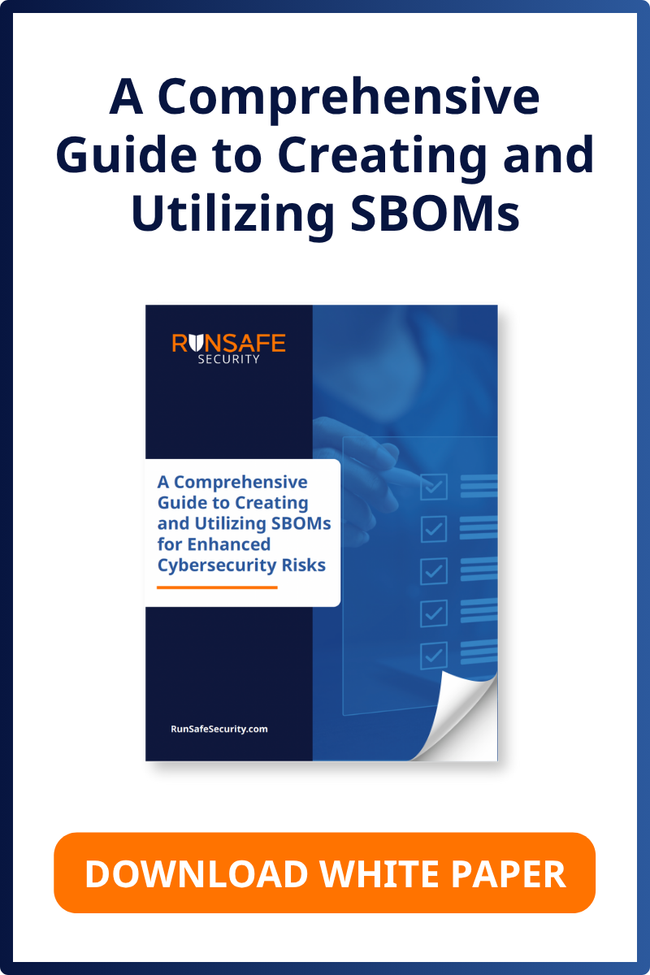Table of Contents:
Cyber Hardening in the Modern Age: Why Military Systems Need to Keep Up
Cyberattacks on Military Systems Are Nothing New
How Can We Effectively Cyber Harden Our Military Systems?
Every person worldwide, from the girl next door to top-secret military personnel and diplomats, is deeply rooted online. From how we work and play to how we learn and worship, cyberspace has consumed every facet of our daily lives. Our reliance on cyberspace extends to the ways we govern and protect our countries.
As such, cyberattacks have become among the world’s gravest dangers. Not only can they impact our bank accounts, but exploits can also disrupt power grids and threaten national security.
Currently, the United States Department of Defense (DoD) is “hardening” its systems, which involves eliminating cyberattacks by patching vulnerabilities and switching off nonessential services, sensors, and networks against such attacks. Across the pond, the UK’s Defense and Security Accelerator (DASA) is taking the same precautions in the form of a new Innovation Focus Area (IFA) to identify and implement technologies that will improve the Ministry of Defense’s resilience against cyberattacks.
Cyber hardening, or eliminating cyberattacks by patching vulnerabilities and switching off nonessential services, is paramount in the digital age. But how secure are our military systems, and what can we do to protect them?
Cyberattacks on Military Systems Are Nothing New
The threat of cyberattacks on military network security systems isn’t a new problem. In fact, it’s been an issue since computers were first introduced to US Navy war rooms during World War II. However, as our dependency on technology grew, so did our risks.
Cyber warfare, or cyberattacks that target critical infrastructure, including military weapons, can be deadly to both the military and civilians. Some of the most common types of cyber warfare include exploits leading to espionage, sabotage, and denial-of-service (DoS) attack. These attacks can cause mass power outages, economic disruption, and even death.
A few significant examples of cyber warfare in modern times include:
- Stuxnet Virus: This worm attacked Iran’s nuclear program and was spread through infected Universal Serial Bus devices.
- Sony Pictures Hack: In 2014, a hacker group called Guardians of Peace released confidential data from Sony Pictures, including personal information about Sony employees and their families. The hackers demanded that Sony withdraw its movie The Interview, which depicted North Korean leader Kim Jong-un in a negative light.
- Fancy Bear: A Russian-organized group of cybercriminals targeted Ukrainian artillery and rocket forces between 2014 and 2016. The malware was spread through infected Android apps used by the artillery unit to manage data.
- NASA Hack: In 1999, a 15-year-old boy named Jonathan James hacked into the US Department of Defense and NASA, stealing valuable software used to support the International Space Station.
Seeing that even bored teenagers can hack into government systems, it’s vital that the military efficiently protects itself and takes the necessary precautions to pinpoint software vulnerabilities.
Deadly Consequences
The consequences of a cyberattack on military systems can be far-reaching. Not only can it jeopardize critical infrastructure, but it can put both military personnel and civilians at risk. Sensitive information can be sold on the dark web to hack bank accounts and steal identities. In addition to impacting people, cyberattacks can jeopardize a company’s compliance, reputation, and profits.
Cyber terrorists can also disable crucial operations and systems, disrupt infrastructures, target the supply chain, render communications—like texting—unusable, spread propaganda, and weaken a country’s defenses against a massive physical attack.
How Can We Effectively Cyber Harden Our Military Systems?
So, how can the military reduce surface attacks and efficiently harden its embedded systems?
In an official statement, the White House urged all organizations to do the following:
- Mandate the use of multi-factor authentication for all systems
- Ensure all systems are patched and protected against vulnerabilities
- Implement modern security tools on all devices and computers
- Encrypt and back up all data
- Educate employees on common cyberattack strategies
Military systems can take additional steps to improve their protection and risk management strategies by educating employees and investing in advanced cybersecurity equipment and technology, like RunSafe Security.
RunSafe can drastically reduce military systems’ risk of cyberattacks without disrupting software developers and maintainers. Our technology inoculates systems to mitigate memory corruption vulnerabilities, which are prevalent in compiled codes and often targeted by attackers.
Discover what software in your system is at risk for attack. Protect your systems with products already used by the US Air Force, the US, Navy, and major primes.





